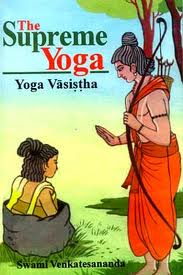Performance measurement in the Government Sector
If you don’t measure results, you can’t tell success from
failure.
If you can’t see success, you can’t reward it.
If you can’t reward success, you’re probably rewarding
failure.
If you can’t see success, you can’t learn from it.
If you can’t recognize failure, you can’t correct it.
If you can demonstrate results, you can win public support.
From Reinventing Government by David Osborne and Ted Gaebler
What is Performance Measurement
¼br /> Performance measurement is the regular collection of specific information regarding the results of organization services. It includes the measurement of the kind of job we are doing, and addresses the effect our efforts are having in our community. Together with strategic planning, benchmarking and continuous improvement, performance measurement forms the nucleus for managing for results.
In general, a good performance measurement system should be able to provide answers for the following questions.
- What was achieved?
- How efficiently was the work done?
- How were citizens helped by the effort
Why measure performance
The most powerful reason for measuring performance is that citizens are continually demanding more responsive and competitive government.
In general, governments that measure performance do so because it
- Supports strategic planning and goal setting
- Strengthens accountability
- Enhances decision-making
- Improves customer service
- Assists governments in determining effective resource use
What to measure
Performance measures should directly or indirectly relate to—financial considerations, customer satisfaction and results.
Outcome(Results/Impact): Identifies the actual impact or public benefit of an agency’s actions (results or impact)
Eg.Percentage of Clients Rehabilitated, Percentage of Entities In Compliance With Requirements,Percentage of Licensees With Validated Complaints etc
Output(Volume):Counts the goods and services produced by an agency (volume or workload)
Eg.Number of Clients Served, Number of Inspections Conducted, Number of License Applications Processed etc
Efficiency: Identifies the cost, unit cost, or productivity associated with agiven outcome or output
Eg.Average Cost Per Client Served,Average Cost Per Inspection,Average Time to Process License Applications etc
Explanatory/Input: Shows the resources used to produce services and displaysfactors that affect agency performance
Eg.Number of Clients Eligible for Services,Number of Entities Subject to Inspection or Regulation,Number of License Applications Received etc
Examples of Outcome versus Output Measures
Performance Measure (outcome) and Workload Measure (output)
Percentage of delinquents who are successful in independent living(outcome) and Number of delinquents who are released(output)
Percentage of female students exiting programs successfully(outcome) and Number of female students participating in educational programs(output)
Release and generation of industrial waste as a percent of 2002 levels(outcome) and Number of industrial waste permits issued(output)
System for Performance measurement
An IT solution that enables performance measurement should have the following components
- Data collection
- Data analysis
- Reporting
- Comparison of Planned and Actual performance

